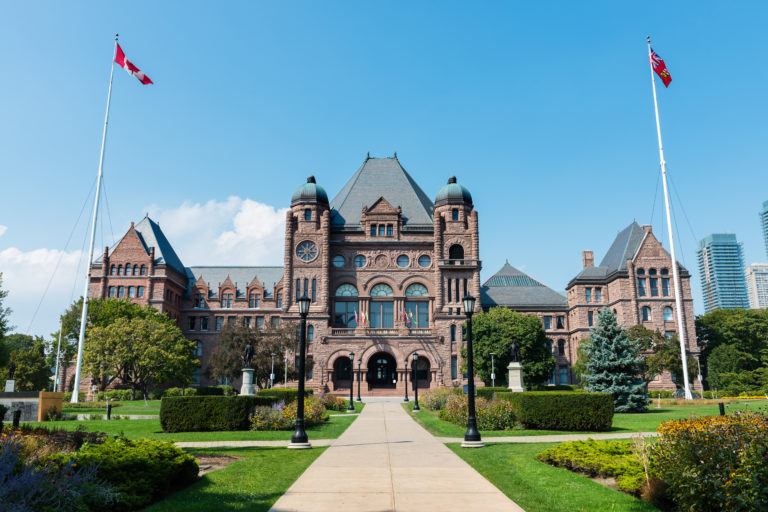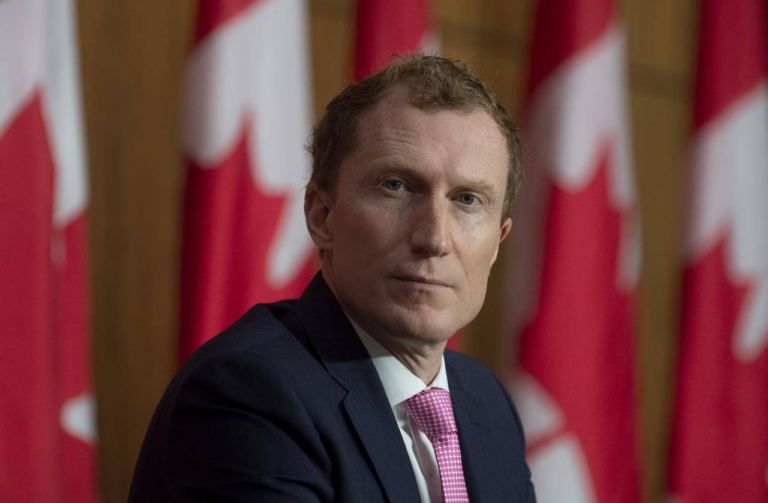Canada has a large backlog of applications for permanent resident cards amid calls for the country’s passport offices to take on the role of issuing them to new immigrants.
Although Immigration, Refugees and Citizenship Canada (IRCC) has a service standard of 68 days for the issuance of a first permanent resident card once an immigrant has been granted his or her permanent residency, a backlog of applications for the cards is currently leaving many stuck in Canada.
Without a permanent resident card, returning to Canada can be difficult for a permanent resident to re-enter the country. One way of returning to Canada without the permanent resident card is for the new immigrant to enter the country by land at a port of entry along the Canada-U.S. border.
The backlog has been blamed on submitted photographs not meeting the requirements of the current, non-governmental processing centre. The submitted photos are often not the right dimensions or brightness.
Since the processing centre for the permanent resident cards is not a government entity, Canadian immigration officials might lack specific information on the day-to-day processing or particular applications.
Read More
Canada’s Immigration Ministers Met In Toronto With Aim Of Improving System
How to Apply for Canada’s Start-Up Visa from India
New Quebec Immigrant Investor Program (QIIP) 2024 to Open
Immigrants can qualify for urgent permanent resident card processing if they are expected to travel within the next three months due to:
- a job opportunity;
- their own serious illness;
- the death of a family member;
- work related to their current job, or;
- the serious illness of a family member.
Despite that urgent processing, immigration officials do not guarantee immigrants will actually get their permanent resident cards on time.
A permanent resident who finds him or herself outside of Canada without a valid permanent resident card can apply for a permanent resident travel document for $50 but it is only valid for a single entry back into the country.
Once the permanent resident has sent in his or her application through a visa application centre, an agent will review it to make sure that application is complete and has all the documents specified in the checklist.
The visa officer will then assess the application to determine whether the permanent resident has met his or her residency obligations and is still a permanent resident of Canada. He or she may decide to conduct an interview.
If a visa officer refuses the application, any submitted passports and other documents will be returned to the applicant.
Permanent residents do not need to apply for their first permanent resident card. The federal government sends the card when the candidate immigrates and provides a mailing address.
Candidates have 180 days after immigrating to provide an address, otherwise they must apply for a permanent resident card.
Candidates may need a valid permanent resident card to access some provincial services.
To be eligible for a permanent resident card, candidates must be permanent residents and submit an application.
Candidates should only apply for a permanent resident card if:
- their card has expired or will expire in less than nine months;
- their card is lost, stolen, or destroyed, or;
- they didn’t receive a card within 180 days of immigrating.
Candidates must update their cards to:
- legally change their name;
- change their citizenship;
- change their gender designation, or;
- correct their date of birth.
If a candidate’s permanent resident card expires, they can renew the card. Even with an expired card, a candidate does not lose his or her permanent resident status.









